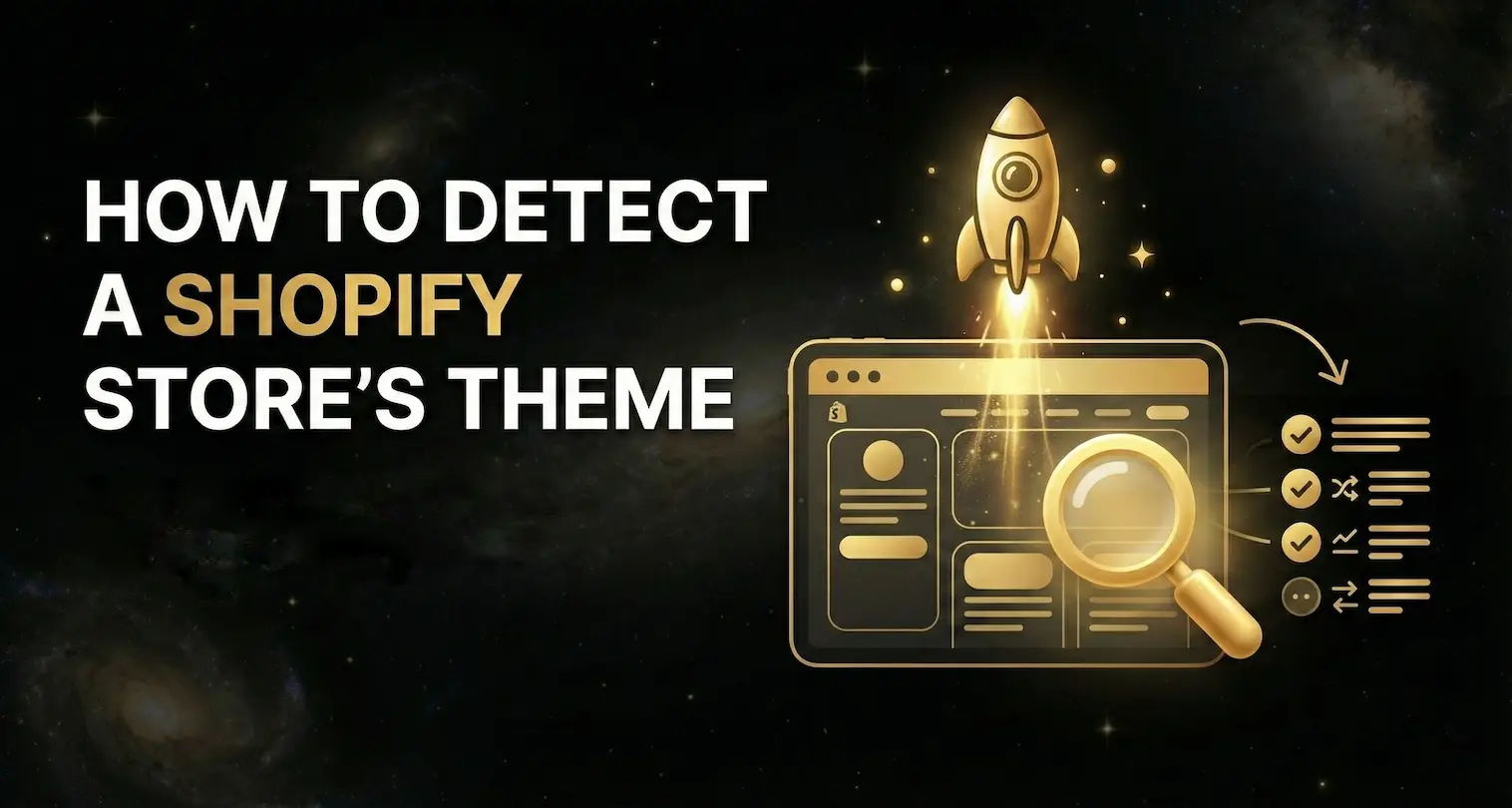Sustainability in E-Commerce – Shopify
![]() Published: June 26, 2025
Published: June 26, 2025
![]() Reading Time: 6 min read
Reading Time: 6 min read
Want to stay in the loop?
Subscribe to receive updates, insights, and special offers straight to your inbox.
Why Sustainability Is Key in Today’s E-Commerce
E-commerce has forever changed how we shop, sell, and connect with the world—but it’s also brought new challenges, one of the most urgent being its environmental impact.
Every time someone clicks “buy now,” a whole logistical chain is triggered: manufacturing, shipping, packaging, and delivery. All of this generates waste, CO₂ emissions, and resource consumption. As a result, today’s consumer—more informed and conscious—is actively seeking responsible options. They want to shop without harming the planet. That’s where sustainability in e-commerce comes in.
This is not just a trend— it’s a deep transformation in consumer habits and a real opportunity to stand out. Sustainability is no longer a “nice extra”—it’s becoming a core brand value.
Brands that implement responsible practices not only attract customers—they earn loyalty, boost their reputation, and gain investment opportunities. And if you work with Shopify, you have access to tools, funding, and support to apply this vision without having to reinvent your business.
Shopify’s Environmental Commitment: More Than Just a Platform
Unlike other platforms, Shopify has made sustainability a key part of its strategy. It’s not just about offering a virtual shopping cart—it aims to be part of the solution to the climate crisis.
Since 2019, Shopify has been carbon neutral: it offsets all emissions from its operations, including servers, offices, and employee travel. But it doesn’t stop there. Through its Sustainability Fund, Shopify has invested over $32 million in technologies that remove carbon from the air and in businesses building the future of a clean economy.
Shopify also empowers every store to contribute to these efforts through features like Shop Pay, which automatically offsets shipping emissions at no extra cost to the customer.
The goal? To make e-commerce not just compatible with sustainability, but to actively drive it forward.
Recyclable Packaging & Responsible Shipping: Start with the Tangible
One of the easiest and most visible changes you can make is in your packaging. For many stores, this is the first step toward more sustainable practices.
Choosing recyclable or compostable packaging not only reduces environmental impact, it also sends a clear message: your store cares about the planet. There are eco-friendly suppliers offering kraft boxes without ink, biodegradable tape, and more.
Today, recyclable materials are no longer a luxury. There are very competitive options—especially if you buy in bulk or use optimized sizes to save on shipping costs.
Another key area is shipping. With Shopify, you can offer grouped deliveries, inform customers about the environmental impact of faster shipping, or incentivize less urgent delivery options that allow for better logistical planning. Plus, thanks to Shopify and Shop Pay, your store’s shipping emissions can be automatically offset.
It’s also a great idea to include a short printed or digital note in each package explaining your sustainability efforts. This enhances the customer experience and strengthens your brand’s responsible image.
Choosing Sustainable Products: The Heart of an Eco-Conscious Store
Sustainability starts with what you sell. Whether you sell your own products or resell others’, every item has an environmental footprint—and every decision matters.
Selling fashion? Look for pieces made from organic cotton, recycled fibers, or certified materials like Tencel or bamboo. Cosmetics? Choose formulas free from harsh chemicals, refillable containers, and cruelty-free brands. Accessories? Opt for items made from recycled materials, certified wood, or plastics recovered from the ocean.
Shopify makes this approach easier with product tags, detailed descriptions, and curated collections to highlight sustainable items. You can even create an entire “eco-friendly” or “responsible” category to guide your customers.
A key tip: be transparent. Explain why a product is sustainable, who makes it, what materials are used, and how it reduces environmental impact. Customers value honesty more than perfection. Your whole catalog doesn’t have to be green—but your commitment should be clear.
Partnering with Sustainable Organizations: Real Impact from Your Store
You can make a difference beyond your products. One of the most powerful ways is to support projects and organizations working for a better future.
Donate a portion of each sale to environmental causes—Shopify has apps like Shop for Good and Pledge that make this easy to integrate, and you can even show customers where their contributions go.
You can also support reforestation through platforms like One Tree Planted, join environmental cleanup campaigns, fund water access initiatives, or contribute to tech funds developing innovative climate solutions.
By collaborating with sustainable organizations, you not only create real impact—you also build a community around your store, connect with like-minded customers, and craft a brand story that’s far richer and more meaningful.
Shopify’s Climate Fund: Technology & Sustainability Go Hand in Hand
Shopify doesn’t just talk about sustainability—it invests in it. Its Climate Fund, launched in 2019, is one of the most ambitious in e-commerce. With over $32 million invested so far, the fund aims to accelerate the development of technologies that capture carbon directly from the atmosphere.
What’s unique is that Shopify supports emerging technologies, not just mainstream ones. It has funded projects involving biochar, mineral storage, ocean carbon capture, and other solutions that aim to solve the root causes of climate change.
And the best part: you can be part of it too. As a Shopify merchant, you can activate features like Shop Pay to offset your shipping emissions, or connect your store with sustainable initiatives funded through Shopify’s ecosystem.
This fusion of commerce and science means every sale becomes a micro-investment in the planet’s future.
How to Implement These Practices in Your Shopify Store Today
Sustainability in your Shopify store doesn’t require reinventing the wheel. Here’s a practical roadmap:
- Evaluate your packaging: Can you switch to recyclable boxes, mailers, or labels?
- Review your product catalog: Highlight and promote your most sustainable items.
- Share transparent information: Use product descriptions to tell the story behind what you sell.
- Integrate donations or partnerships: Use Shopify apps to support green causes.
- Communicate your values: Add a sustainability section to your store explaining your actions.
- Activate Shop Pay: Let your shipments automatically offset their carbon footprint.
- Keep learning: Sustainability is a journey, not a fixed destination.
The most important thing? Just start. Every small step counts—and modern customers value imperfect action more than empty promises.
Long-Term Benefits of Running a Sustainable Shopify Store
Beyond the environmental benefits, adopting sustainable practices brings clear business advantages:
- Differentiation: Stand out in saturated markets.
- Customer loyalty: Conscious consumers are more loyal and have higher lifetime value.
- Brand reputation: Build an authentic story that creates emotional connection.
- Investor and media appeal: Sustainable projects attract more visibility and funding.
- Future-proofing: More countries are introducing sustainability regulations—getting ahead is a competitive edge.
Investing in sustainability means investing in the future of your business—and Shopify gives you the tools to do it in an accessible, scalable, and values-aligned way.
The best part? You can start today. Sustainability isn’t a far-off goal—it’s a daily decision. And you have the power to turn your store into a model for change.
👉 Contact us and let’s take your store to the next level. Optimize today, gain visibility tomorrow!



